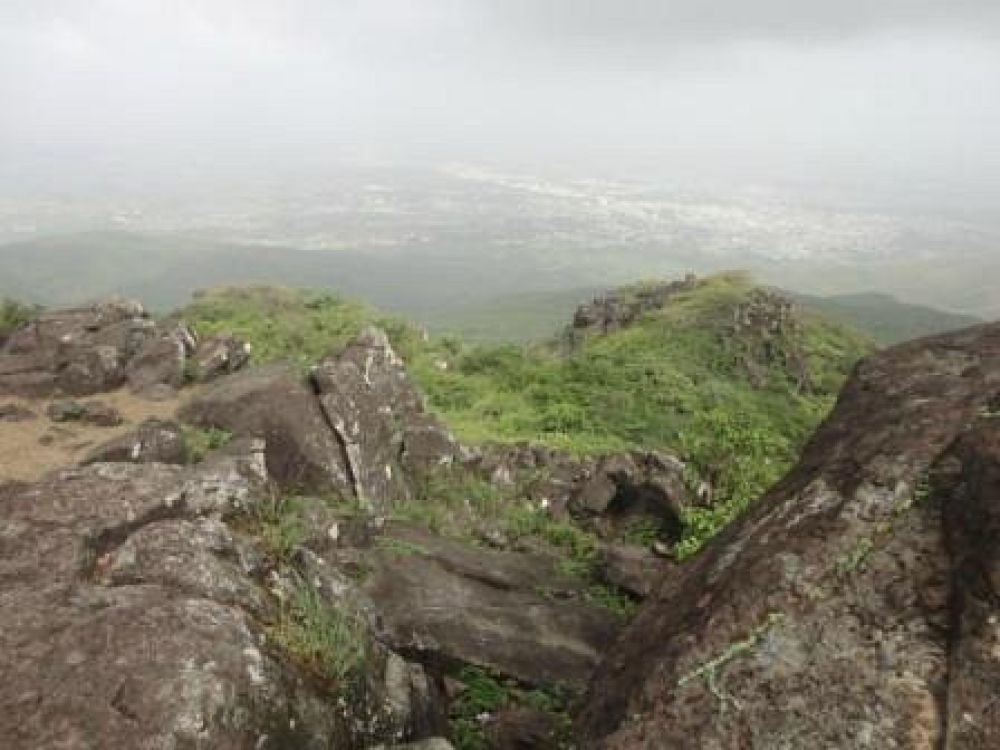

Nestled in the vibrant state of Gujarat, Dataar Hills is a gem in the historic city of Junagadh. With a history that dates back to ancient times, Dataar Hills, often overshadowed by the more famous Girnar Hills in the vicinity, has gradually emerged as a serene spot for tourists seeking a spiritual retreat and natural beauty.
The roots of tourism in Dataar Hills can be traced back to its religious and historical significance. The hills have been home to several shrines and temples that attract pilgrims and spiritual enthusiasts. The undulating landscape coupled with the historical ruins dotted around the area piques the curiosity of history buffs and nature lovers alike. Given the close proximity to the ancient Uparkot Fort and Buddhist caves of Junagadh, the area has always enjoyed footfalls from those interested in exploring the past of this culturally rich region.
Over the years, the tourism appeal of Dataar Hills has evolved. The introduction of better infrastructure around Junagadh, including improved roads and transportation facilities, has made these hills more accessible to a broader audience. The development of nearby attractions, such as the Gir National Park, famed for its Asiatic lions, has had a spillover effect on tourist visitation to Dataar Hills. Many tourists now combine a visit to these hills with a wildlife safari at the park.
The government's initiative to promote tourism in Gujarat has led to increased investments in beautifying and conserving the historical sites within the Dataar Hills. The establishment of designated trekking routes and eco-tourism activities encourages tourists to engage with the natural environment responsibly. The promotion of local handicrafts and cuisine has further augmented the tourist experience, creating a symbiosis between tourism and the local economy.
The latest trends in tourism at Dataar Hills see a shift towards sustainable and experiential travel. Visitors are increasingly interested in immersive experiences, such as village walks, participating in local festivals, and exploring the biodiversity of the region. Health and wellness tourism is also on the rise, with tourists seeking yoga retreats and meditation sessions against the backdrop of the serene hills. Moreover, the advent of social media has played a pivotal role in shining a spotlight on this offbeat destination, attracting a diverse and younger demographic.
Despite the growth in tourism, Dataar Hills faces challenges related to environmental preservation and managing the impact of increased visitor numbers. Strict measures are needed to ensure that the footprints of tourism do not mar the ecological and historical integrity of the area.
Looking to the future, there is a clear opportunity for Dataar Hills to establish itself as a sustainable tourism model that respects both heritage and environment. With careful planning and community involvement, it can become a leading example of conservation-minded travel within India.